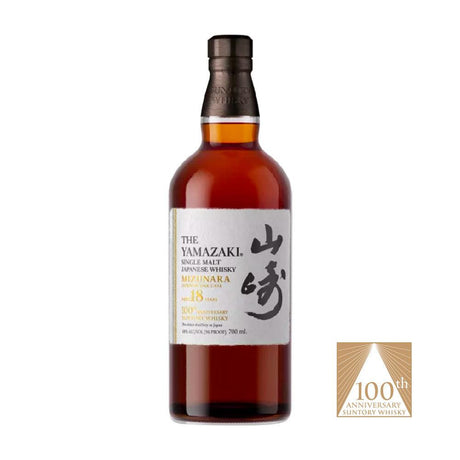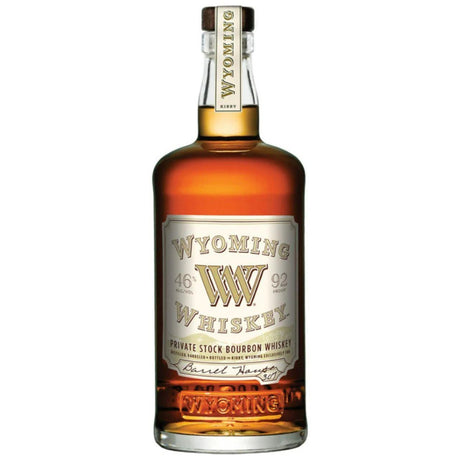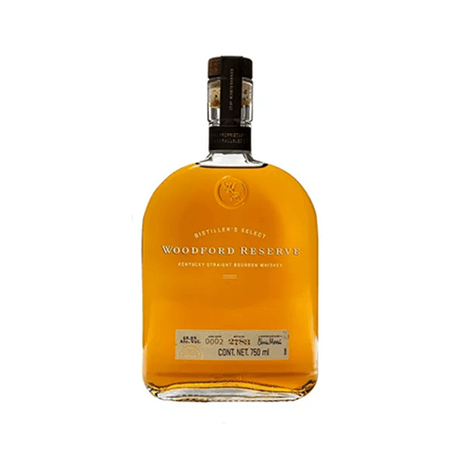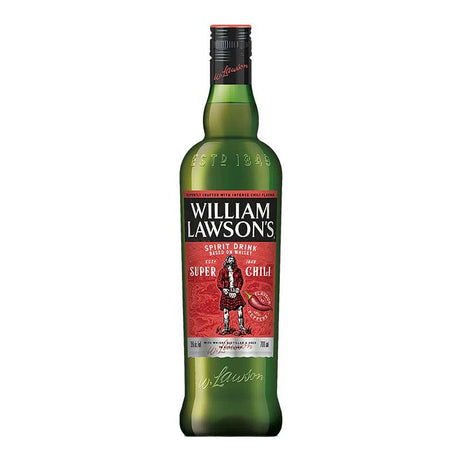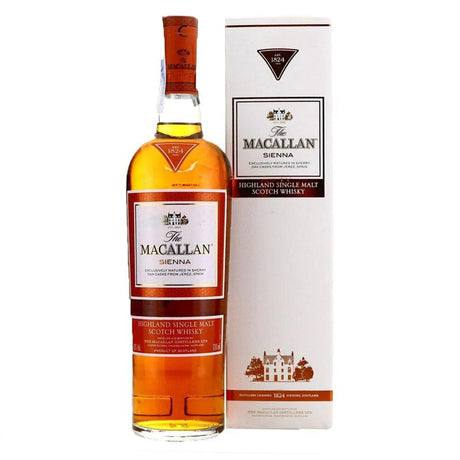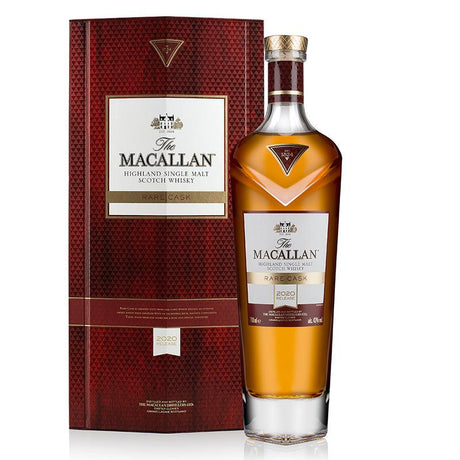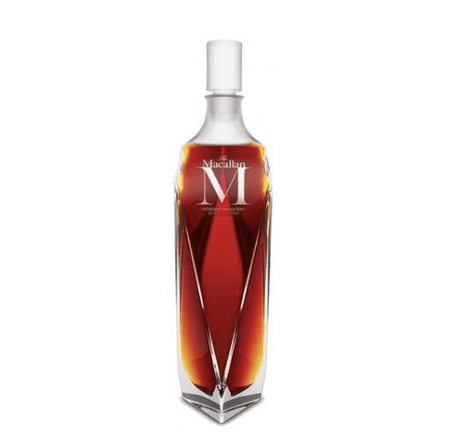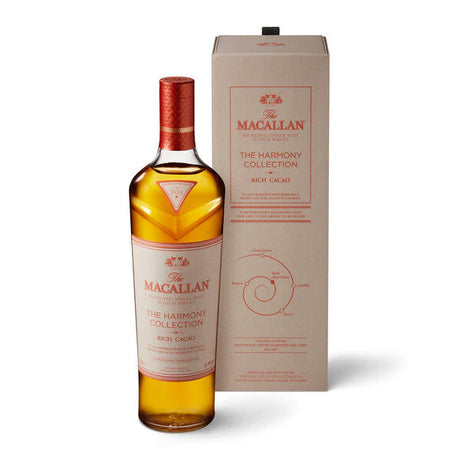When we talk about whisky, we're talking about more than a drink: we're talking about history, tradition , and distilled patience. Whisky isn't produced in a hurry. Its very essence is based on waiting. Whisky maturation is a deliberate process that transforms the passage of time into what many consider liquid gold . But how does a blend of water, barley, and yeast transform into a complex, full-bodied, and characterful drink? Here, we reveal the secrets behind the magic of whisky.
The origin of whiskey, a thousand-year-old legacy
The word " whiskey " comes from the Scottish Gaelic " uisge beatha ," meaning "water of life." While the exact origins of whisky are debated between Ireland and Scotland , it is certain that the drink has been a fundamental part of both countries' history for centuries.
The first records date back to the 15th century , when monks distilled spirits for medicinal purposes. Over time, this practice evolved into an art that transcended religious boundaries and reached homes, taverns, and palaces. Beginning in the 18th century , with the invention of the copper still and the legalization of distillation in Scotland, the industry as we know it today began to flourish.
What is maturation and why is it so important?
Once the whisky has been distilled, its journey has only just begun. The clear liquid, known as " new make spirit ," is stored in wooden barrels (usually oak) for several years. This stage, known as maturation , is crucial. This is where the whisky develops its amber color , aromatic complexity, and unique flavors.
During maturation, the whisky interacts with the wood, absorbing compounds such as vanillin , tannins, and toasted or spicy notes from the barrel's toasting. Additionally, the climate, warehouse location, and time influence the final result. A whisky matured in the Highlands of Scotland will not taste the same as one matured in the warm climates of Kentucky or Japan.
Patience that transforms
Unlike other spirits, whisky doesn't improve in the bottle, but only while it remains in the barrel. This process can last from three to more than 30 years . The more time the whisky spends in contact with wood, the more complexity it develops . However, balance is key: too much can overwhelm the whisky's profile with woody flavors, overshadowing its original nuances.
Every year, a small portion of the whisky evaporates naturally through the barrel. This phenomenon is known as "the angel's share," a poetic tribute to patience and the passage of time.
The art of selecting barrels
One of the great secrets behind a whisky's character lies in the choice of casks. Most Scotch and Japanese whiskeys are matured in American oak casks that previously held bourbon, while others use casks that previously held sherry, wine, or even rum.
Each type of barrel provides different nuances:
-
Bourbon barrels: notes of vanilla, caramel, coconut.
-
Sherry barrels: dried fruits, nutmeg, intense sweetness.
-
Red wine barrels: fruity notes, tannins.
-
Rum barrels: tropical notes, molasses, spicy sweetness.
Regions and styles, a world of expression
Each producing country has its own approach to maturation. In Scotland , maturation is slower due to the cooler climate, resulting in smoother, more elegant whiskeys. In contrast, American bourbons mature faster due to the warmer climate, with more intense and sweeter flavors.
In Japan , the approach is meticulous and artistic, influenced by the aesthetics of balance . And in Ireland , triple distillation and long maturation periods produce incredibly smooth whiskeys.
Technology vs. tradition
Although some producers have experimented with maturation acceleration techniques using ultrasound or pressure , experts agree: nothing can replace time . The natural interaction between the whisky and the barrel, combined with the environmental conditions, is irreplaceable. Tradition remains the best recipe for achieving exceptional whisky.
Why is aged whiskey worth more?
It's not just a matter of time. As a whisky ages, the available volume also decreases due to evaporation. This, along with the years of storage, the cost of barrels, and the rarity of certain batches, increases its value. An 18- or 25-year-old whisky not only offers a deeper flavor profile, but also represents a bottled history.
In our online store, you'll find authentic examples of world whisky, such as Woodford Reserve Double Oaked Whiskey , a luxury Scottish blend that combines rare whiskeys aged for decades to offer a smooth, complex, and elegant experience.
Also noteworthy is The Macallan 12 Double Cask Whisky , a single malt matured for 12 years in American oak and Spanish sherry barrels, with a balanced flavor and spicy warmth. For those looking for special edition options, there's the Johnnie Walker Blue Label 200 Years Whisky , a limited edition that celebrates 200 years of excellence with exceptional aromatic intensity and depth. And if you're intrigued by the art of oriental whisky, we recommend the elegant Hibiki Japanese Harmony Whisky , a harmonious and light blend with floral and citrus notes, ideal for signature cocktails.
Liquid gold is forged with patience
Each bottle of well-matured whisky is a tribute to time, patience, and dedication. Behind every sip lies a history of decades, a silent alchemy between wood, air, and spirit . So, the next time you raise a glass of whisky, remember that you're holding more than just a drink: you're drinking liquid gold, carefully cultivated drop by drop, year after year.
Want to learn more about styles, regions, and recommendations for choosing the best whiskey for yourself or as a gift? Don't miss our upcoming blogs where we explore the fascinating world of this ancient spirit and explore our range of classic whiskeys at Whiskys – Vinosylicores.com

